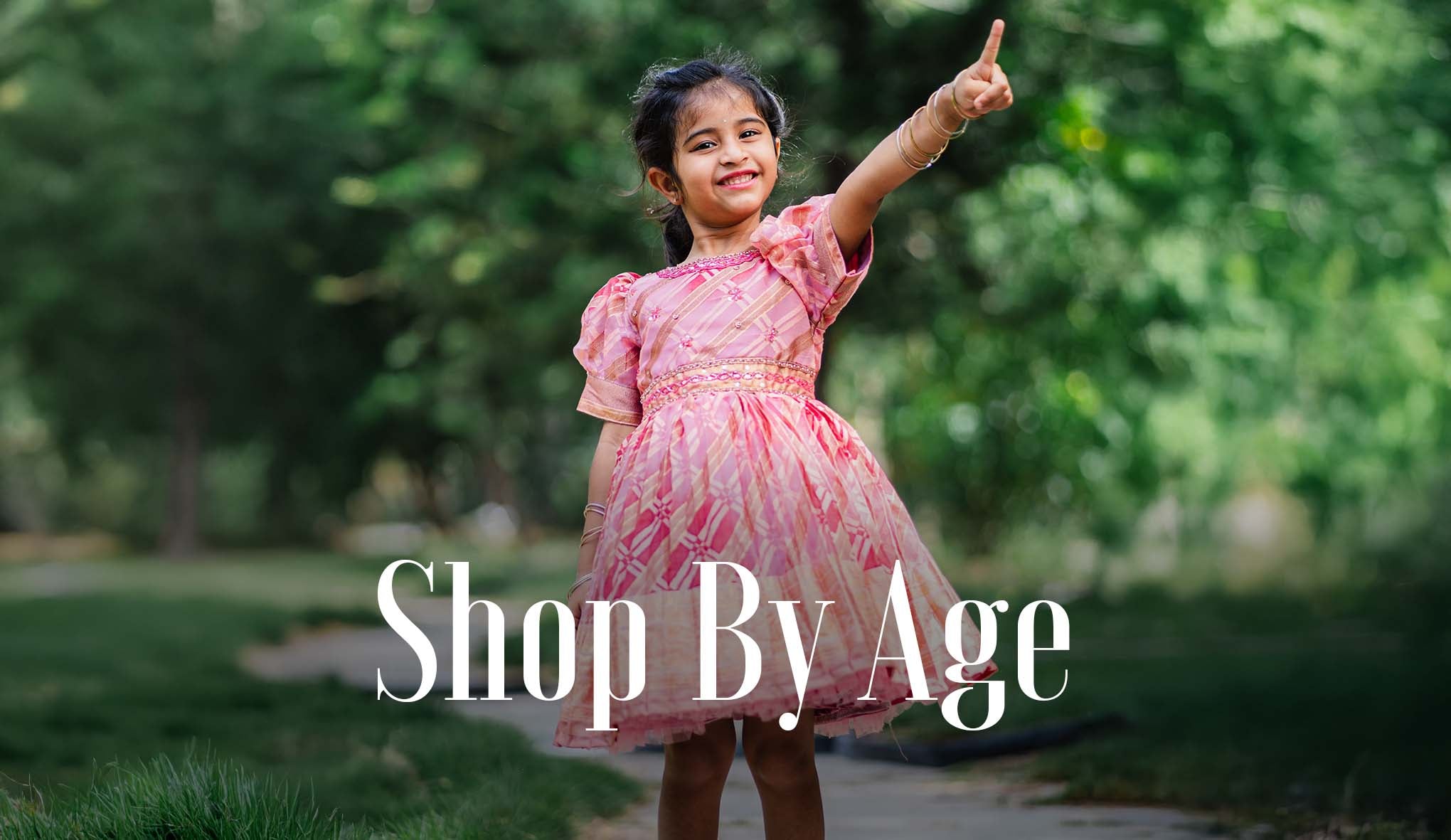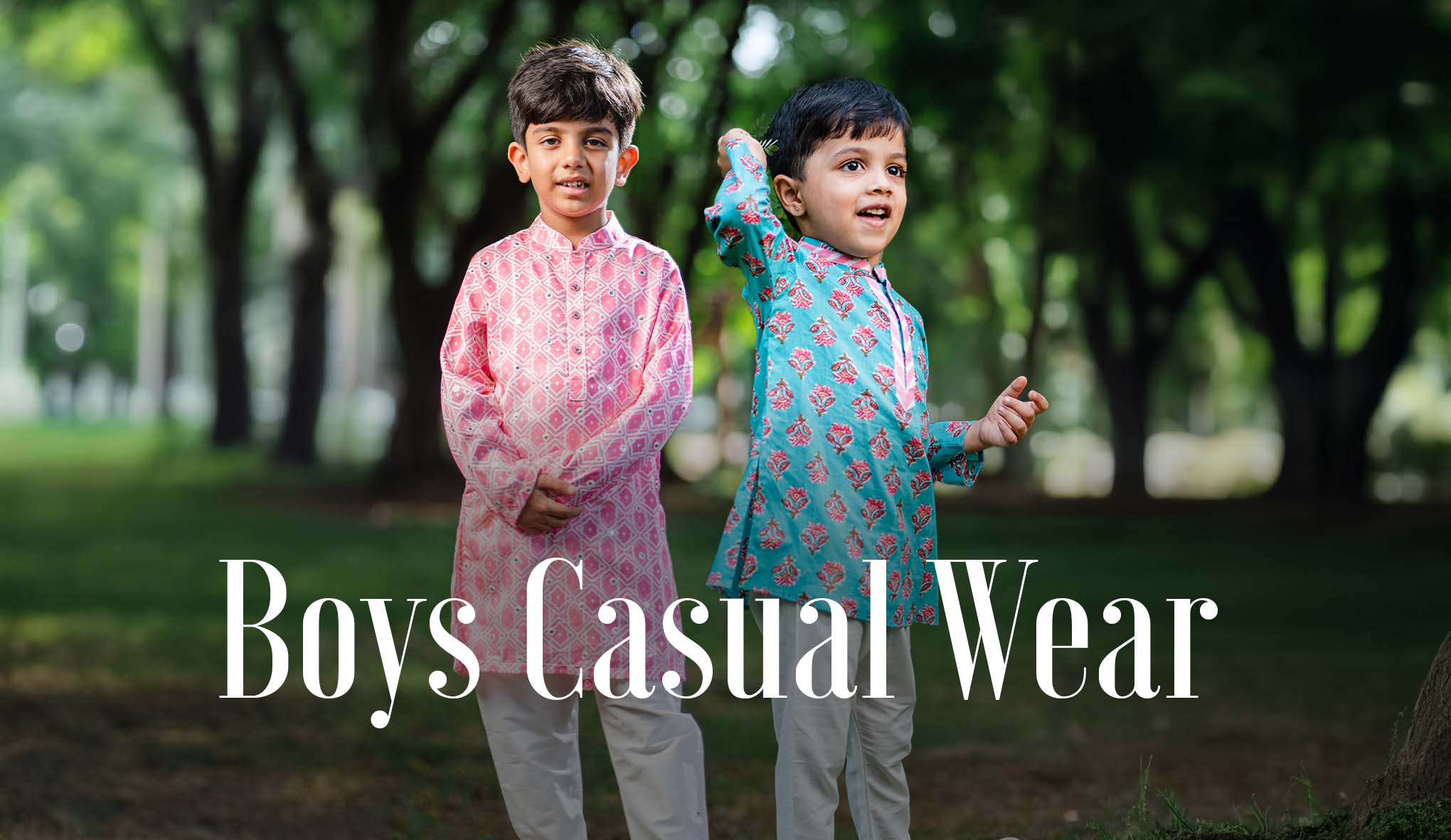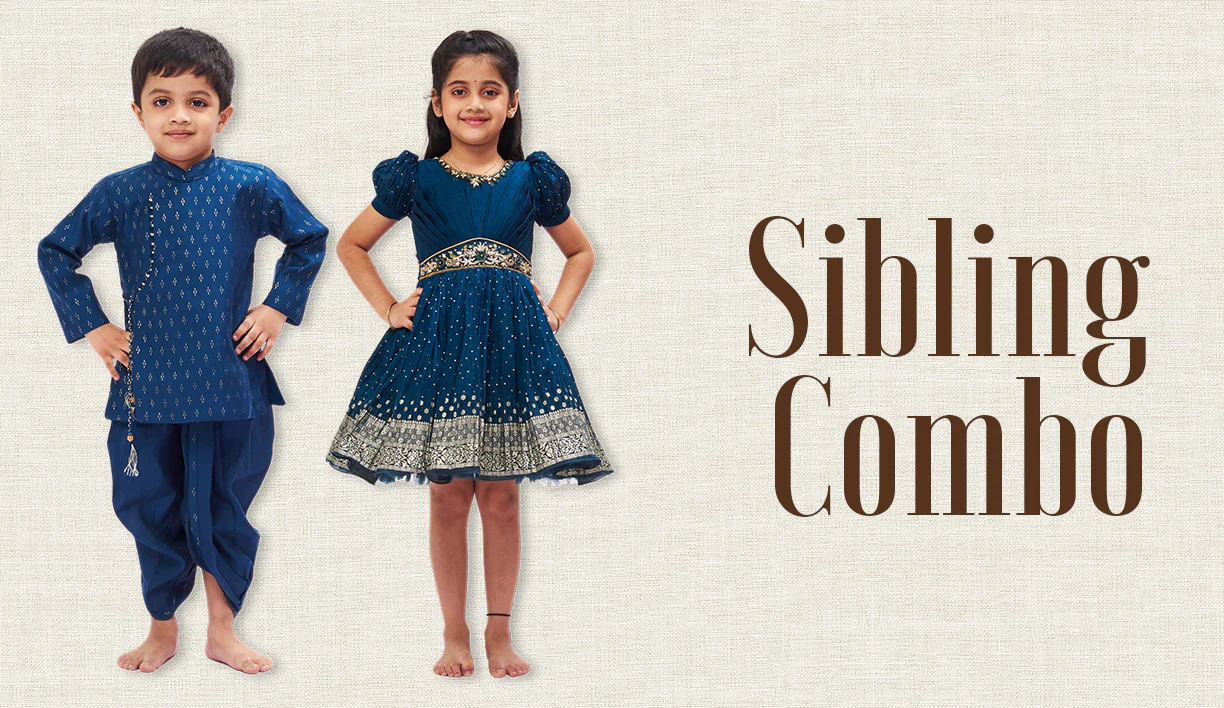7 Reasons Why Kids Run Away from Challenges
Because what looks like resistance is often a quiet cry for support 💛
You ask your child to try something new-solve a math problem, ride a bike without training wheels, speak in front of the class-and before they even start, they say
“I can’t.”
Or worse, they don’t say anything… they just shut down, zone out, or walk away.
Sound familiar?
It’s not defiance. It’s not laziness. In most cases, it’s fear, frustration, or a lack of internal tools to cope with challenge. Let’s break it down.
Here are 7 common reasons kids avoid or run away from challenges, and how we-as parents, caregivers, or teachers-can gently guide them back to courage and confidence.
✅ 1. Fear of Failure
Many children believe that if they fail, they’re not “smart” or “good enough.” For perfectionist kids especially, failure can feel deeply personal.
🧠 They don’t fear the challenge-they fear what it says about them if they don’t succeed.
💡 How to help
Talk about your own failures. Praise effort more than outcome
“I’m proud of how brave you were to try something new.”
✅ 2. Low Self-Confidence
Some kids don’t think they have what it takes-so they don’t bother trying. Especially if they’ve struggled in the past, they may carry that baggage forward.
💬 “I’m not good at this anyway.”
Sound familiar? That’s not giving up-it’s a lack of belief.
💡 How to help
Celebrate small wins. Break tasks into baby steps and cheer them on every inch of the way.
✅ 3. Previous Negative Experiences
If a child was once laughed at, scolded, or embarrassed during a challenge, their brain remembers it-and wants to avoid repeating it at all costs.
One failure + shame = long-term avoidance.
💡 How to help
Create a safe-to-fail environment. Let them know it’s okay to make mistakes-and that trying again is what makes them strong.
✅ 4. Overwhelm or Anxiety
Sometimes the task just feels too big. Kids can’t always articulate that, so they freeze, stall, or melt down.
It's not about the task-it’s about how huge it feels inside.
💡 How to help
Chunk the task down. Try saying,
“Let’s just do the first step together. We’ll take it one piece at a time.”
✅ 5. Lack of Interest or Connection
If a child doesn’t understand why the task matters-or if it doesn’t connect to anything they care about-they’ll check out quickly.
No meaning = no motivation.
💡 How to help
Find a personal hook
“This is like that puzzle you solved last week!”
Or relate it to something they love.
✅ 6. External Pressure
Sometimes, kids run from challenges not because they don’t want to try-but because they’re afraid of disappointing you.
“What if I mess up and Mom/Dad thinks I’m not good enough?”
💡 How to help
Reassure them that your love doesn’t depend on their performance. Remind them
“I love watching you grow-not because you’re perfect, but because you’re learning.”
✅ 7. Lack of Coping Skills
Some kids just haven’t learned how to deal with frustration, mistakes, or discomfort yet. It’s not instinct-it’s a skill that needs teaching and modeling.
Emotional regulation is like a muscle-it builds over time.
💡 How to help
Model calm behavior. Show them how you handle challenges by thinking out loud
“This is hard, but I’m going to take a deep breath and try again.”
🌱 Final Thought
When kids run away from challenges, they’re not trying to be difficult. They’re trying to protect themselves-from embarrassment, from failure, from feeling small.
But every time we respond with patience instead of pressure, every time we say, “I see you. Let’s try this together,” we help build the resilience they’ll carry into the world.
One gentle moment at a time.
💬 A Nesavu Parent Says
“My son used to give up on puzzles halfway through. Now, when he gets frustrated, he says, ‘I need a break, not a quit.’ That’s growth I didn’t know we could reach.” 💛
👗 Bonus Tip Let Their Outfit Support Their Confidence
Believe it or not, comfort matters. When kids feel confident in what they wear, they’re more likely to take risks, move freely, and show up bravely.
At The Nesavu, our playful, breathable ethnic wear and casuals are designed to help kids feel their best-so they can do their best, too.























Leave a comment